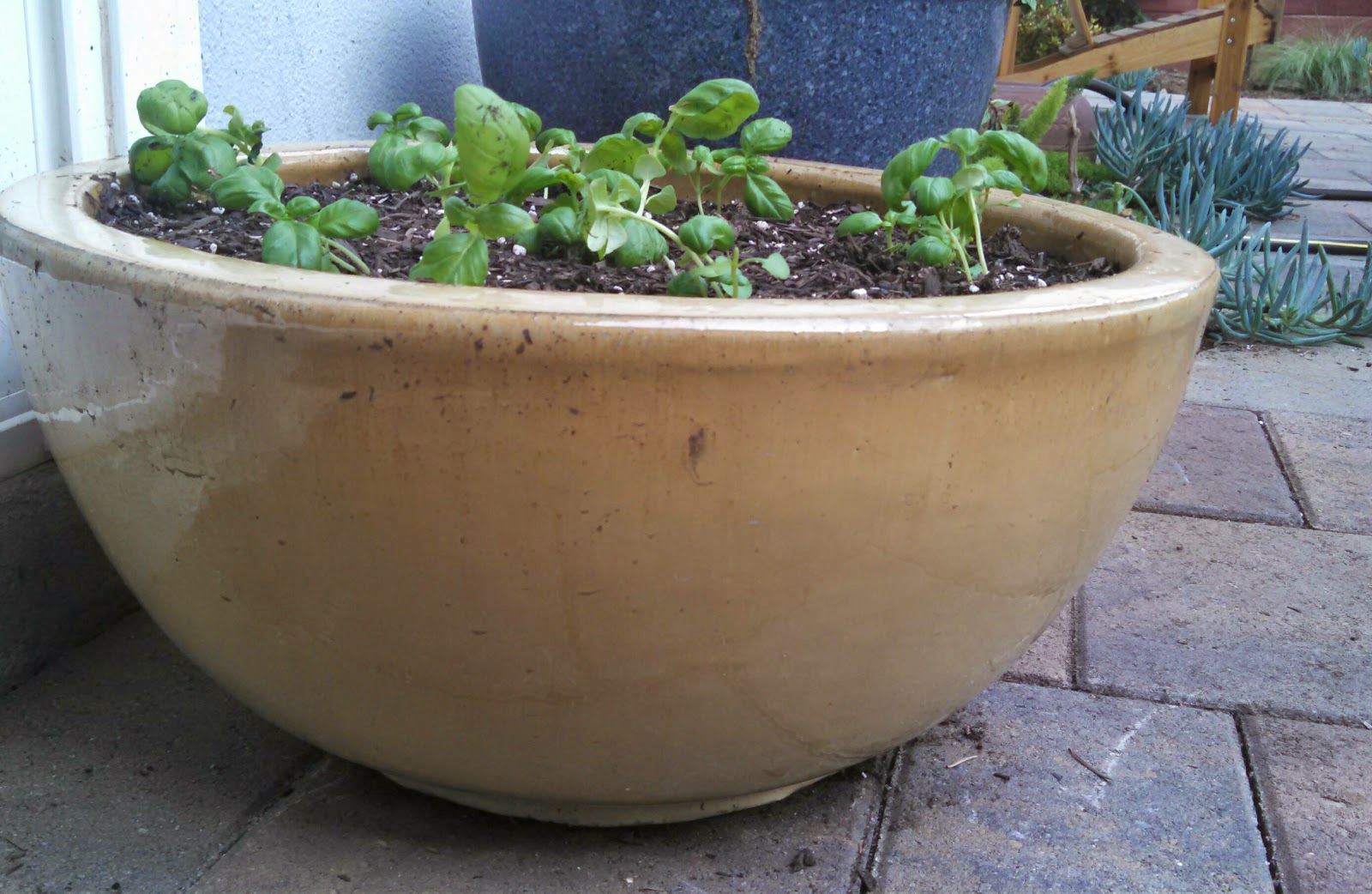
At a home near West Clif Drive I have some great clients who recently purchased a new home and hired me to help create a garden that worked with the environment, would require little maintenance and was a safe entertaining and play space for their family. First, we updated the exterior to reflect their modern and artistic aesthetic by simply adding a new coat of paint (paint by Transformational Color), address numbers and lighting fixtures. Instantly the home transformed from 90's beach cottage to modern beach home- without doing any construction. And it got a big instant boost of pizazz which fit the author + doctor + vivacious daughter family well.


I love how people are getting more bold and expressive with their house colors these days- especially doors. Painting the front door a complimentary popping color gives instant personality to a home AND even more importantly, it shows the guests where the entrance is.

We had a big design challenge with this project as there was a large cluster of existing Monterrey cypress trees which are tricky to plant under. We wanted to be certain that whatever was planted under the trees would thrive (on little water in competition with tree roots, have an open enough habit to allow tree litter to drop, favor the exposure and soil) AND grow in to create an impactful curb appeal that compliments the home and client's aesthetic. We wanted some natives and plants that attract pollinators and support the local habitats- we included yarrow, gooseberry and

mediterranean plants. We knew for certain that Mexican feather grass would thrive as there was already an existing patch unwatered in the drought and still kicking. I designed a large band of the grass to weave across the entrance with hard-as-nails lantana and rosemary to spill over the retaining wall, neglect-loving Australian fuchsia to spread and cover ground and ribes and cotinus for height and interest.
Note: these images were taken just after installation and plants have not had a chance to fill in yet. Once the plants have a chance to grow in (sometime next spring) I will be
posting photos on my
website gallery- in the meantime, enjoy this sneak
peak.


The clients' daughter loves skipping around the trees so we used some of their

existing bluestones to create a little fairy ring. We hand picked some large granite boulders at the local rockery to balance out and ground the grandness of the trees and add height and form in the direct drip-line where we didn't want to plant. The boulders have soft round edges that are friendly for children to play on / around. In the enclosed front courtyard / patio, we re-used the bluestone that was there and had the landscape contractor reset the stone in DG surrounded by smaller granite rocks.
We planted 2 flowering maples in a deep fuchsia color that really popped against the blue house color and brought in a new firepit to sit over the existing gas line. We gathered all of the sonoma fieldstones from the front to reuse in the
back yard, which was also included in the design project.
These clients like eating healthy local food, but don't have time for
real gardening- like many people. For the everyday folks, I usually
recommend planting the basic go-to's like a lemon and lime tree (in pot below) and everyday herbs, greens and maybe a couple tomatoes in the
summer then get the rest of your produce from farmer's markets, CSAs,
and local grocery stores.



We combined yellow yarrow, orange sedge, heucheras, catmint, an array of succulents and red kangaroo paws for a fun and low fuss garden. We have a nice lavender starflower espalier covering the fence which has a natural flat growing habit with flowers that attract hummingbirds all year. They are keeping their small patch of backyard lawn, at least until the kid is older, but is is a low water native blend that puts up with little water and by not mowing super low, they are able to get away with watering even less. In the long run, they save on time and money- as once established, there is little to NO water

being used on this coastal garden... and there is no need for a regular gardener- I come on a quarterly basis to maintain and check on the garden, help and coach the clients with basics such as deadheading, weeding and pruning- while they are able to enjoy all their garden space. So all in all, this story has a happy ending!
















































